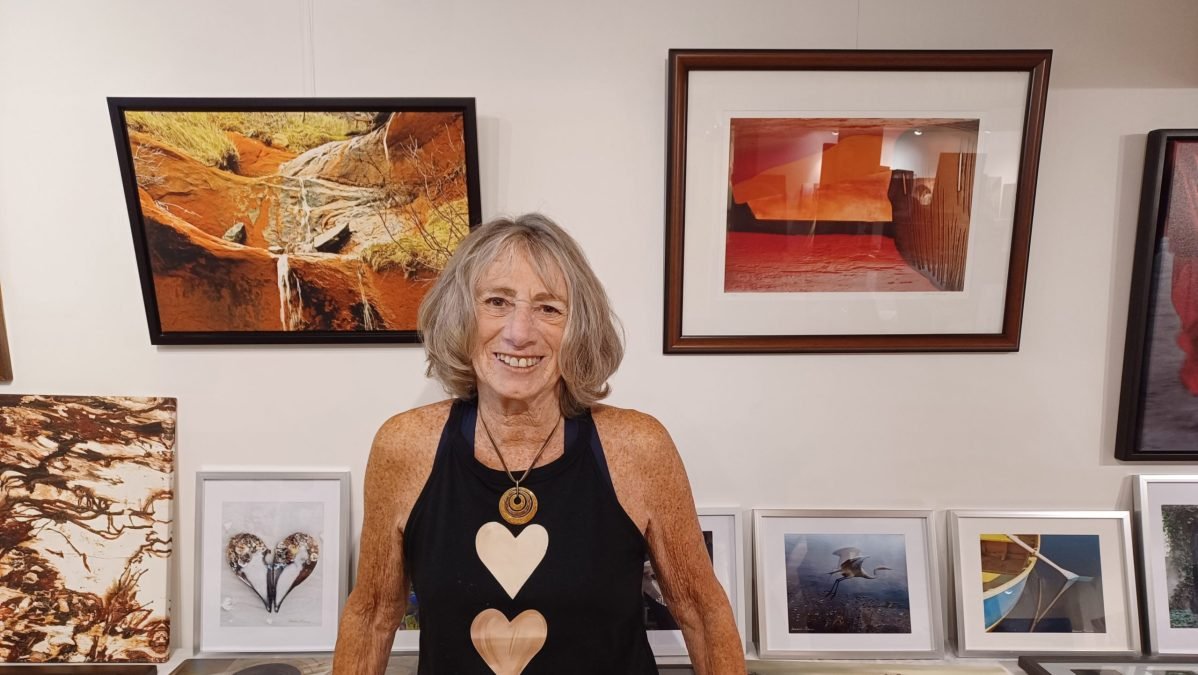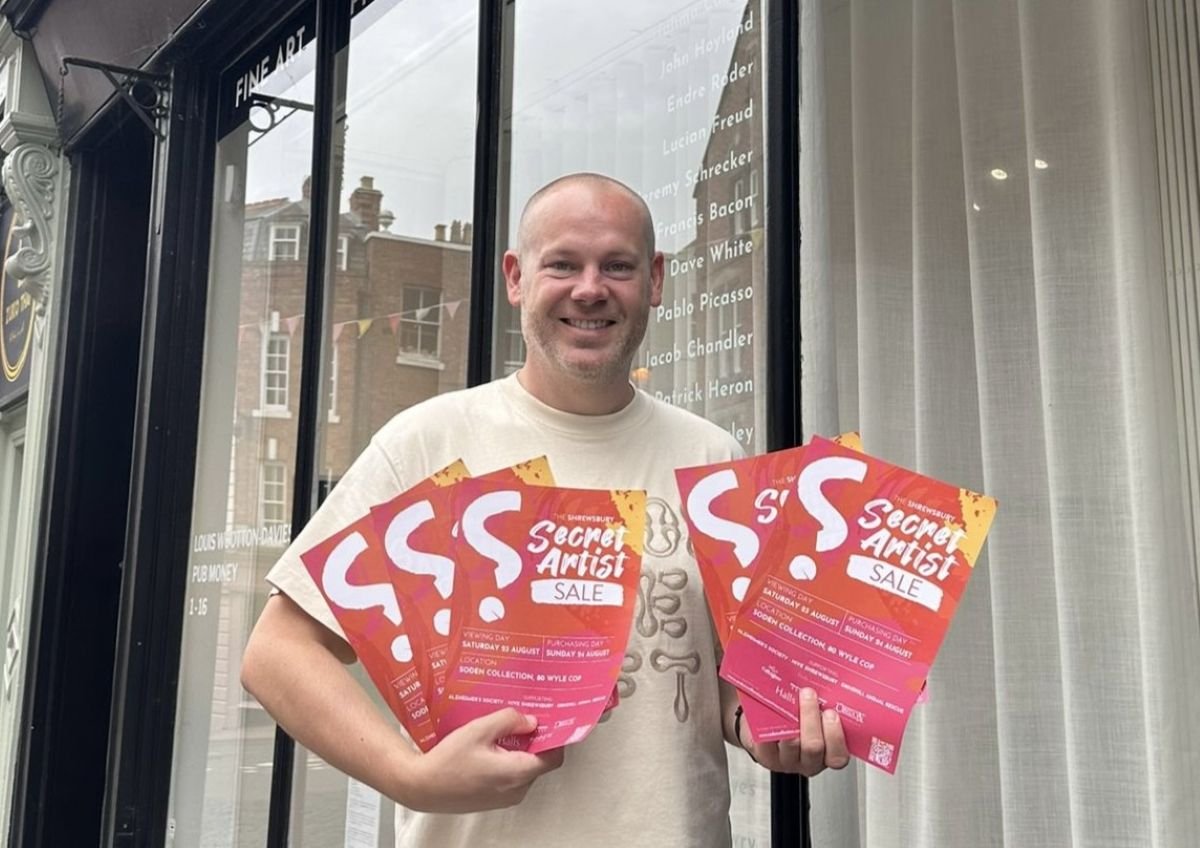Hong Kong is awash with cultural events this month. In addition to Art Basel Hong Kong and its satellite fairs, there are also more traditional calendar regulars such as the Hong Kong International Film Festival and the Hong Kong Arts Festival, plus new arrivals such as the city’s first ComplexCon, which focuses on contemporary pop culture. Sensory overload might be on the cards; as such, planning is key to enjoying the season. To help you navigate the options, here are nine unmissable works to see—some popping up exclusively for Hong Kong’s month of culture.
Lee Ka-sing at Asia Art Archive
A Floral Transformation (1996) by the photographer and art impresario Lee Ka-sing depicts the skyline of the spot in Hong Kong where financial empires and multinational conglomerates border luxury shopping outlets and hotels. Framed by a kitschy canopy of pink flowers, the view of the blurred horizon looks both wistful and comforting. The picture is the central image of Another Day in Hong Kong, a recently launched two-year research project by the archive on the art that has come out of the city.
Brush washer from the Ru kilns at the Hong Kong Palace Museum
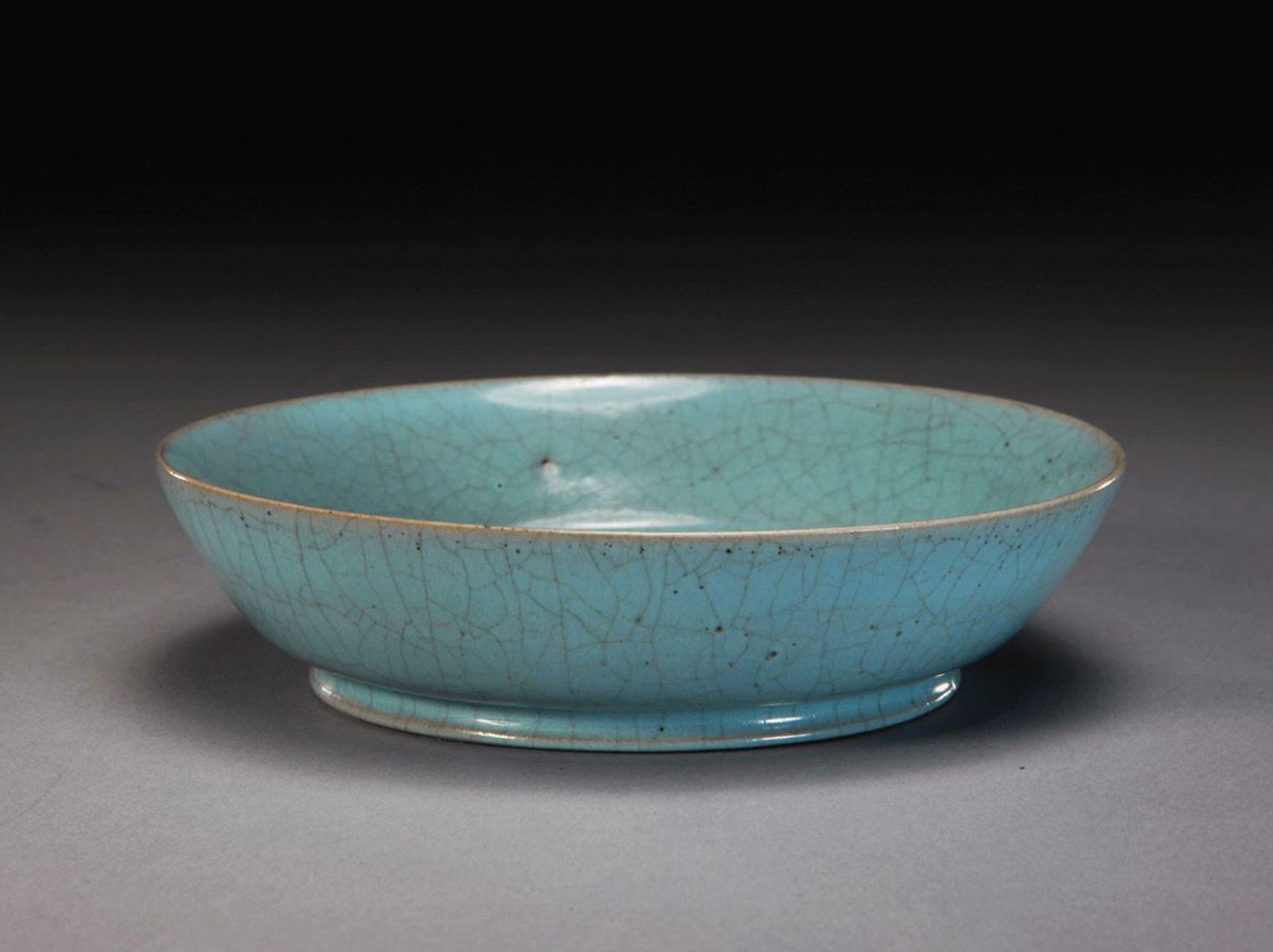
Brush washer from the Ru kilns, Hong Kong Palace Museum Courtesy The Palace Museum
With fewer than 100 intact pieces worldwide, an imperial brush washer from the Song Dynasty’s fabled Ru kilns is an awe-inspiring object for any Chinese ceramics aficionado. On loan from the Palace Museum in Beijing, the shallow bowl would have been a highlight of a scholar’s study. Ru ware, believed to have been produced for a mere two decades from the 1080s onwards, is distinguished by its unique hue, which has been described as being “like the blue of the sky in a clearing among the clouds after rain”. It is one of the most prized items in the Hong Kong Palace Museum’s ceramics gallery.
Joana Vasconcelos at ArtisTree
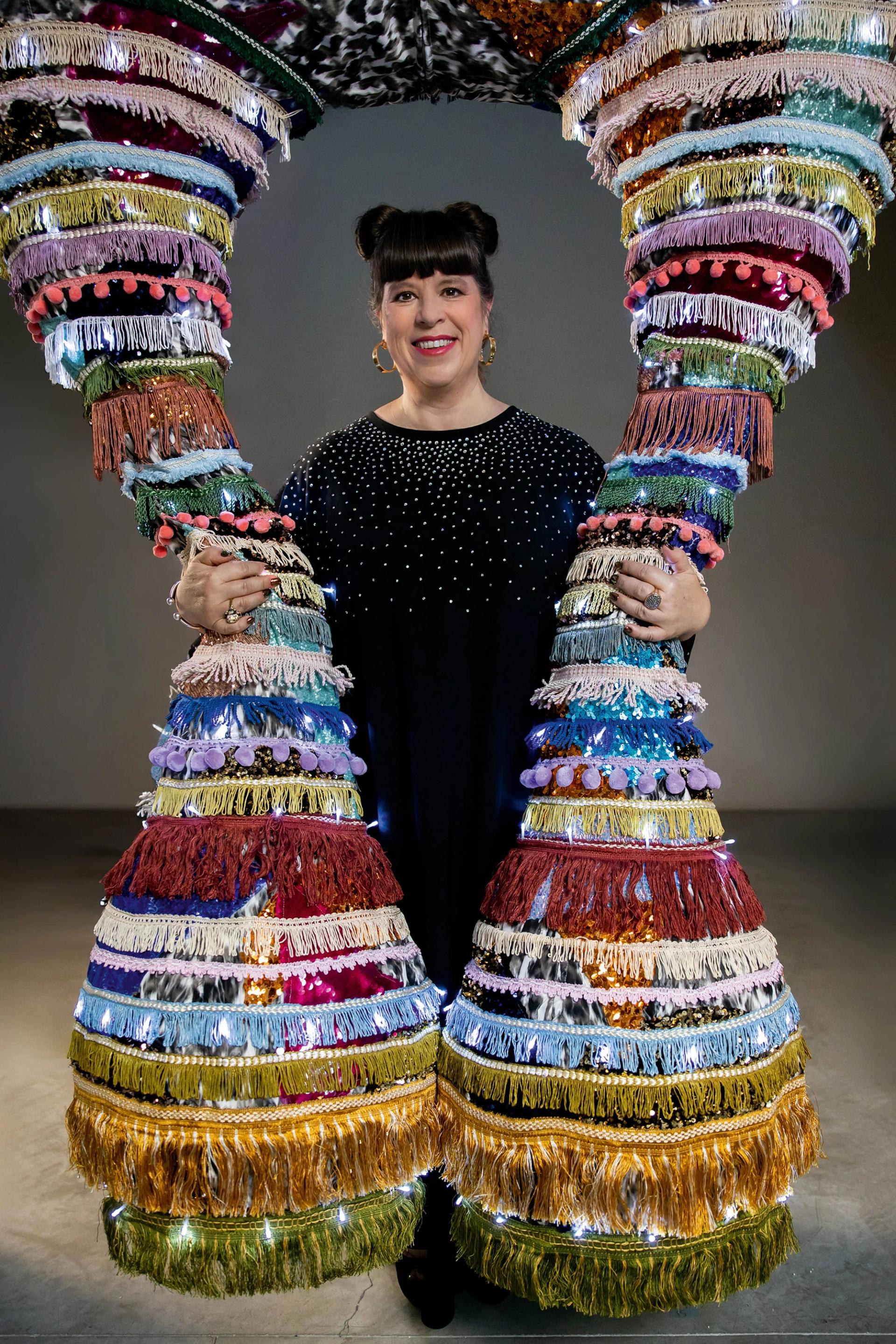
Enchanted Forest by Joana Vasconcelos at ArtisTree © Pedro Jafuno, all rights reserved
What’s not to love about Joana Vasconcelos’s soft and sparkly installations? Swire, one of Hong Kong’s biggest property developers, presents Enchanted Forest, a site-specific work at its ArtisTree venue. The Portuguese artist took inspiration from her visits to Hong Kong, a city that, she says, can feel like an urban jungle of skyscrapers. She collaborated with 60 artisans over six months to create her immersive version of a fantastical woodland made of fabric and illuminated by LED lights.
Mughal jade ewer at the Hong Kong Palace Museum
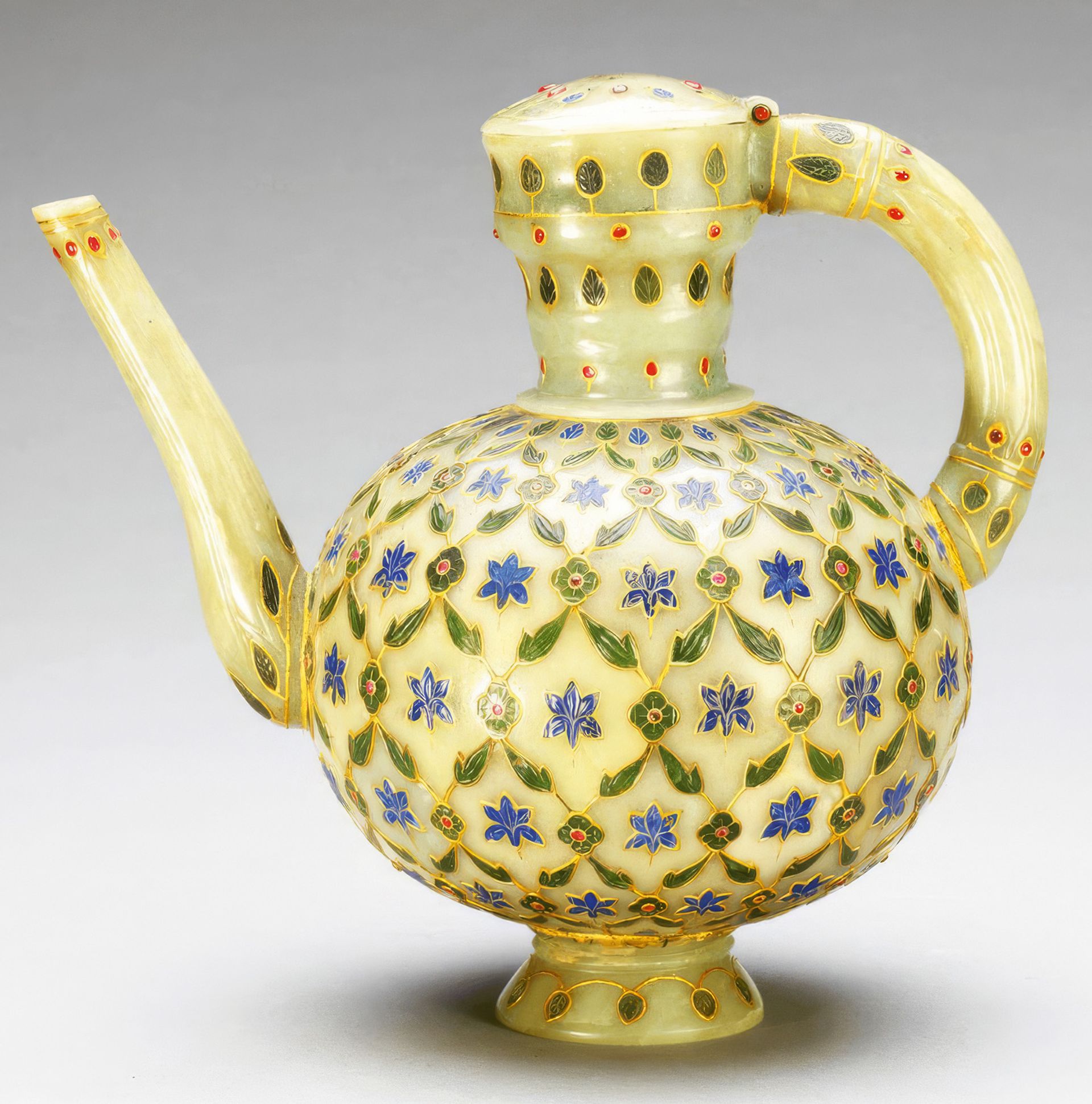
Mughal jade ewer, Hong Kong Palace Museum © The Palace Museum
Among the two million or so items in the holdings of the Palace Museum in Beijing, there are hundreds of rare Mughal-era jades, crafted in the Indian subcontinent or in Central Asia. This jade ewer, studded with lapis lazuli, rubies and gold, is noteworthy for the intricacy of its design and the opulence of its materials. Aside from the high aesthetic value, the object is also worth checking out at the Hong Kong Palace Museum, where it is on display, because of the richness of the cultural exchange that it embodies. Believed to have been diplomatic gifts that eventually inspired Imperial workshop artisans, the Mughal jades were not seen by the public until very recently.
Wesley Tongson at M+
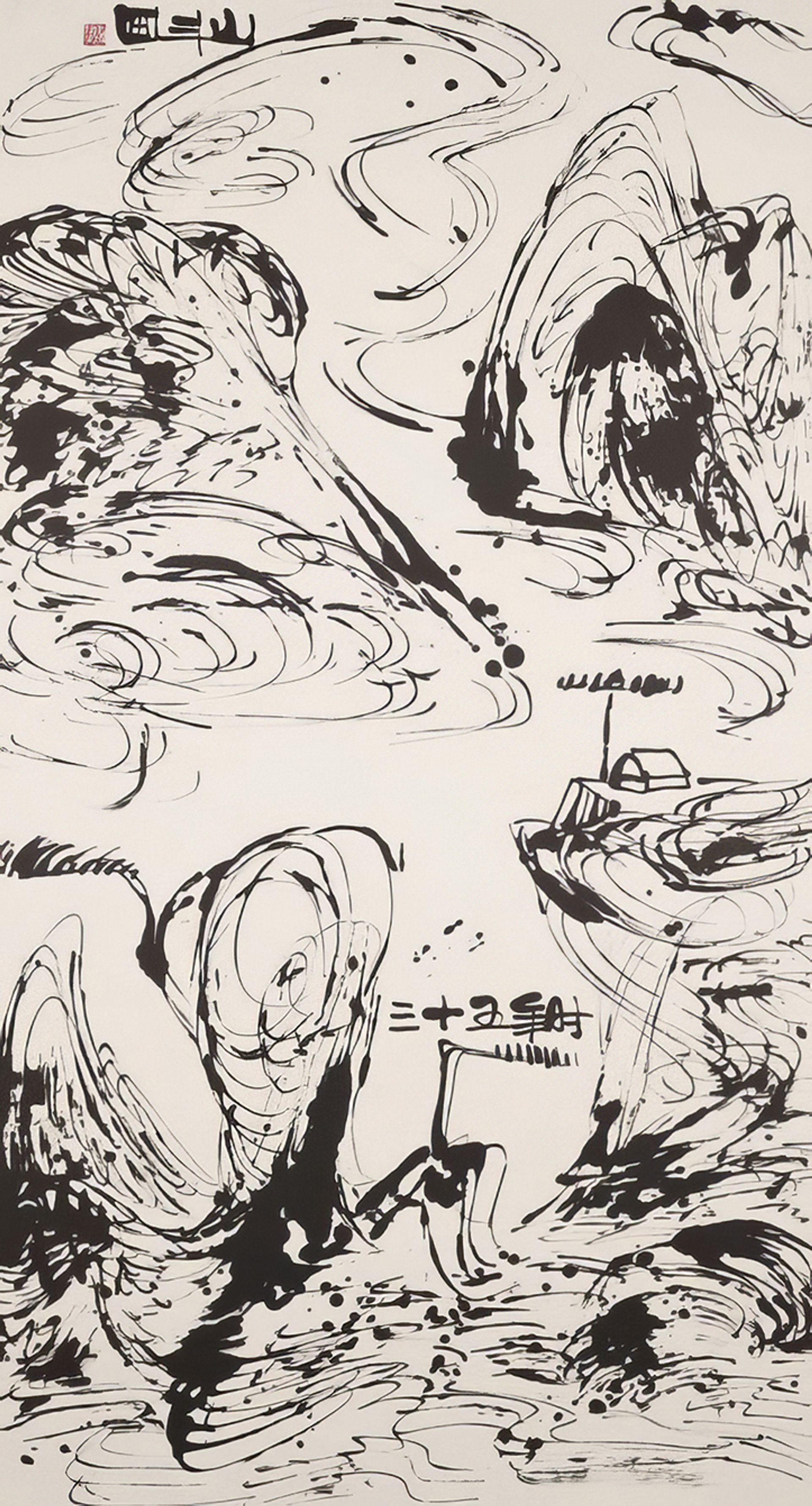
Wesley Tongson’s Spiritual Mountains 3 (2010), at M+ © Wesley Tongson Charitable Trust
The late Hong Kong painter’s works stand out for the way they transform traditional Chinese visual language into modern compositions. Spiritual Mountains 3 (2010), featured in M+’s Shanshui: Echoes and Signals (until 2026), swirls and delights. It suggests classic “mountain sea” paintings, the epitome of classical Chinese art. At the same time, the work, made in 2010—just two years before Tongson died—evokes Expressionism and a contemporary sensibility to image-making. His work also epitomises the spirit of originality and experimentation of the formerly conservative ink medium.
Yang Fudong on the M+ Facade
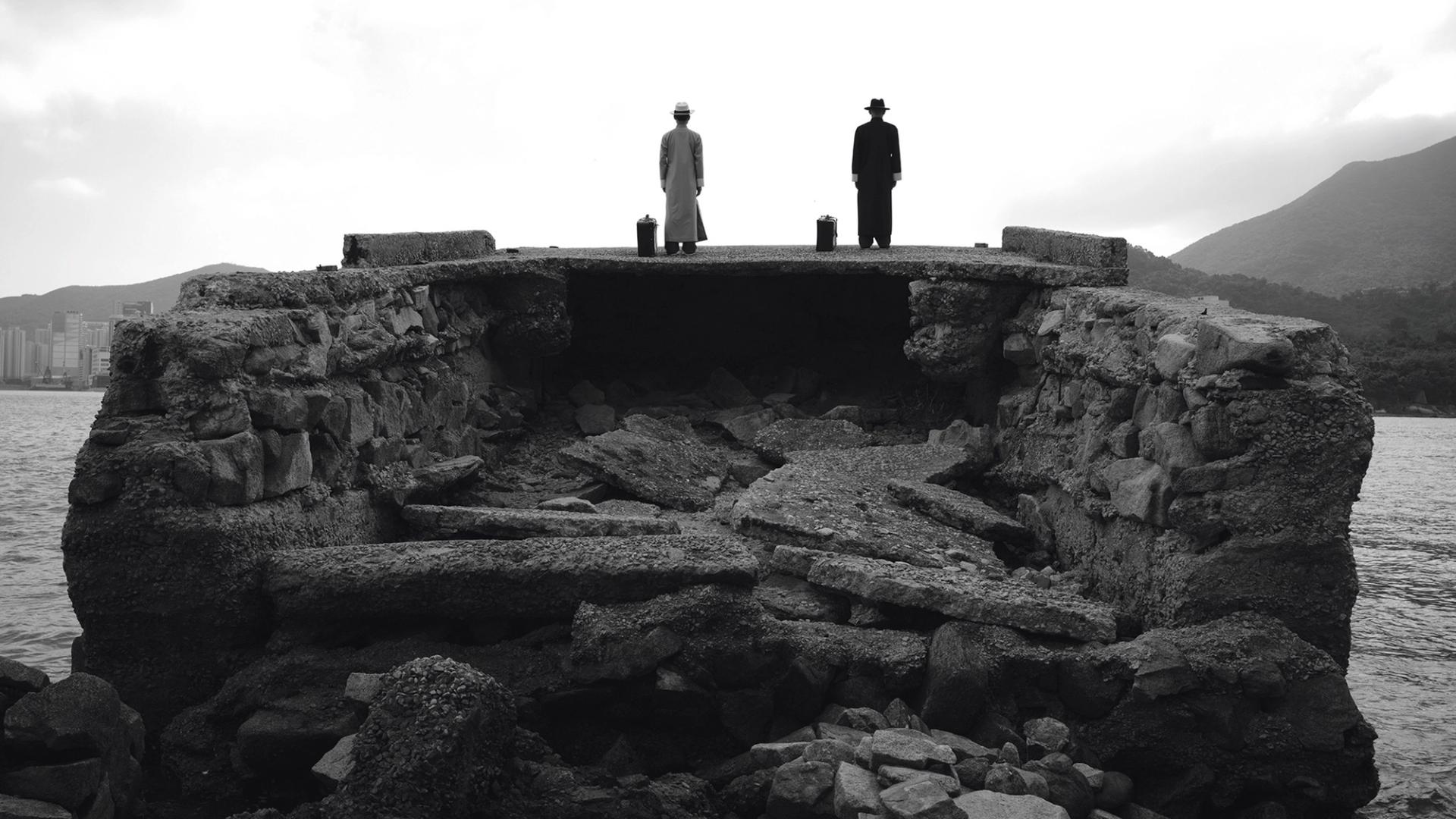
Yang Fudong’s “architectural film”, Sparrow on the Sea, on the M+ Facade Photo: courtesy of the artist; © Yang Fudong
For its LED-covered, harbour-facing exterior, M+ and Art Basel, with sponsorship from UBS, commissioned the Shanghai-based artist Yang Fudong to make Sparrow on the Sea. His cinematic work plays on the TV-like nature of the museum’s façade, which is switched on every evening along the waterfront for everyone to enjoy. Shot in Hong Kong, the “architectural film” is a nod to the territory’s land- and seascapes, as well as to its cinematic heritage.
Stone seal by the carver Deng Ju

Stone seal by the carver Deng Ju, at Flagstaff House Museum of Tea Ware Courtesy Flagstaff House Museum of Tea Ware
Housed in a museum that is not well-known (despite its central location), this tiny ‘chop’, as seals are colloquially known, was once part of the collection of the businessman and antiquities collector K.S. Lo. His donation of seals and pottery formed the foundation of the Flagstaff House Museum of Tea Ware in Hong Kong Park. Made in the past century, the seal is unusual and beautiful for its simplicity, from the use of lines to the reference to the I-Ching, the Chinese divination text.
Tsang Kin-wah at Hong Kong Museum of Art
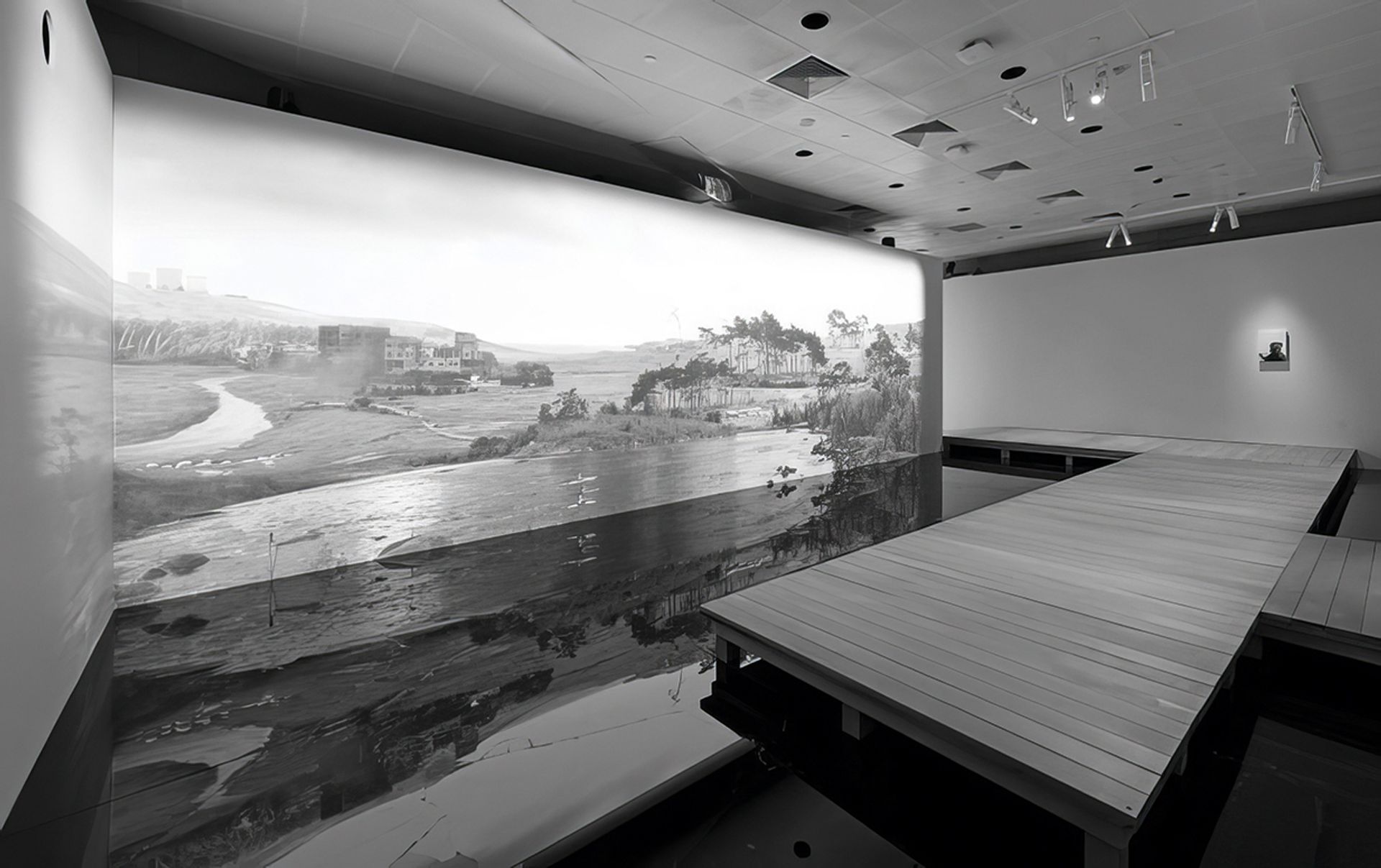
Tsang Kin-wah’s Freezing Water: Between Here and There (2023) at Hong Kong Museum of Art Courtesy Hong Kong Museum of Art
Tucked into the classical Chinese painting galleries at the Hong Kong Museum of Art, Freezing Water: Between Here and There (2023) stands in stark contrast to the serene backdrop. The installation features a raised platform and a moody black-and-white video projection by the artist Tsang Kin-wah, who represented Hong Kong at the Venice Biennale in 2015. The piece riffs on the concept of “one river, two banks” in Chinese landscapes.
Guo Fengyi at Tai Kwun Contemporary

Works by Guo Fengyi feature in Tai Kwun Contemporary’s Green Snake: women-centred ecologies Photo: Kwan Sheung Chi; Courtesy of Tai Kwun
Four works by the self-taught artist Guo Fengyi, who died in 2010, line a wall of Tai Kwun Contemporary’s Green Snake: women-centred ecologies (until 1 April), an exhibition about eco-feminism. Executed in her distinctive style, the artist began to make art while practicing qigong, a traditional Chinese system of movement that focuses on using energy to achieve physical and mental health. The paintings are visually arresting, but also radiate a vitality that must be experienced in person.


